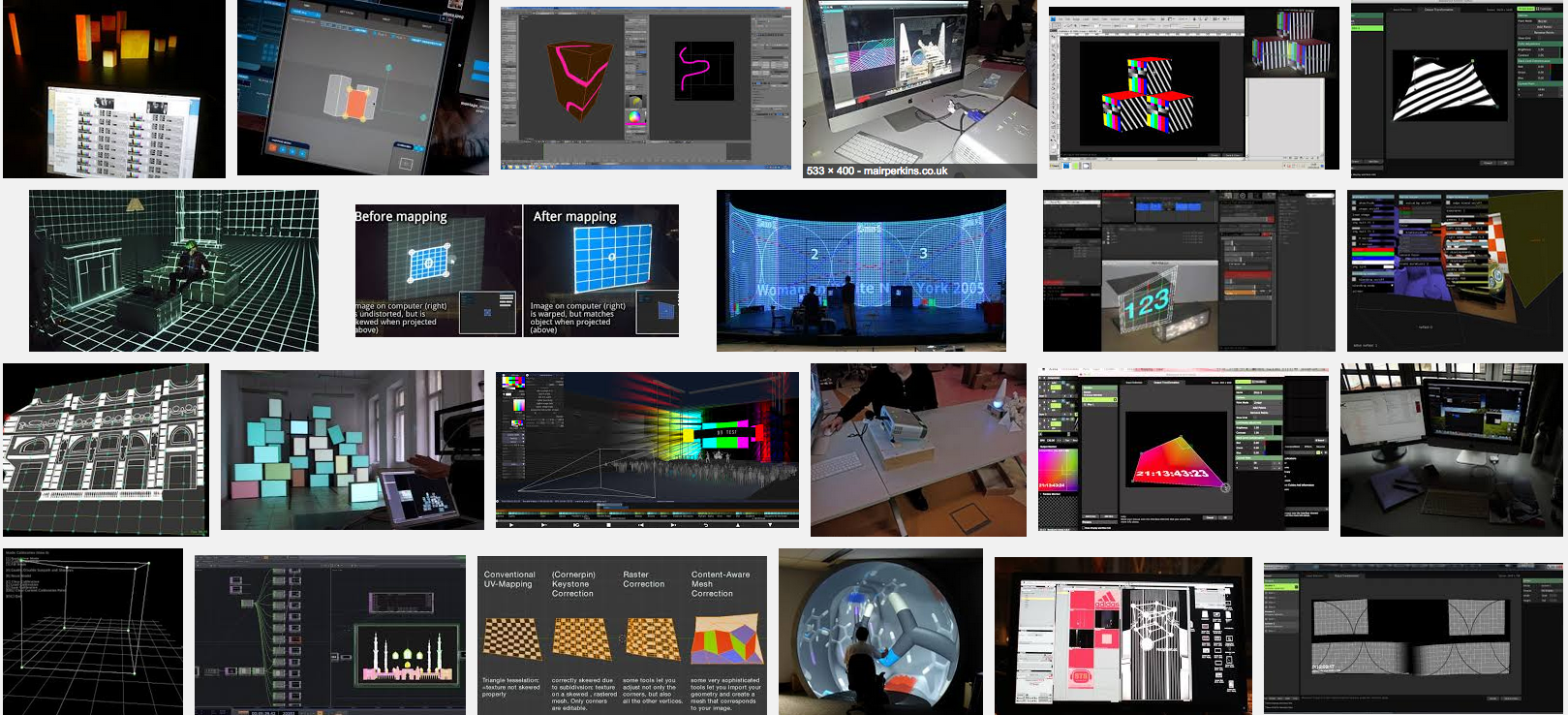Edge Blending Software Crack
вторник 30 октября admin 36
Resolume Arena 6.1.0 Crack [Tested] is Here! This software is video mixing that can play multiple layers without skipping can create and combine. Blend Projectors with Arena With edge blending you can seamlessly project one beautiful.
Warp and Blend are interfaces exposed in NVAPI for warping (image geometry corrections) and blending (intensity and black level adjustment) a single display output or multiple display outputs Many display applications benefit from combining multiple projectors or displays into one larger display surface. If all the displays are aligned in a grid with no overlap, features like Mosaic make it easy to create a single unified display from multiple physical displays.
When the displays are rotated at odd angles or the display surface is an irregular shape, multiple projectors need to overlap, blend together and be mapped or adjusted to the display surface. The Warp and Blend SDK provides an easy way to bring this functionality to any application with minimal performance impact and no incremental latency. In the example above both warp and blend are used to achieve a seamless, blended picture from two projectors illuminating a curved screen. A standard practice when using multiple projectors is to overlap the seams where each projected image touches another. Since optics and screens are never perfect and overlapping can create hotspots (regions gets twice amount of light) blend is used to adjust the intensity of the overlapping region. Warp is used to modify geometry so that it matches the curve of the projection wall.
Traditionally, warp and blend operations are done with custom hardware using features built into the projector or with direct modifications to an application. The Warp and Blend SDK provides an easy way to bring this functionality to any application with minimal performance impact and no incremental latency. Warp and Blend is part of NVAPI NVAPI is NVIDIA's core software development kit that allows direct access to NVIDIA GPUs on windows platforms. Warp and blend is implemented as an interface in NVAPI that programmably exposes warping and intensity adjustment features before the final scanout.
Working in conjunction with a supported NVIDIA Display Driver, the warp and blend features works on a single screen, multiple screens and multi-gpu configurations and are available only with NVIDIA Quadro GPUs. Key Features • Generate a seamless image on up to 16 displays or projectors with warp and blend using and (ability to synchronize up to four Quadro GPUs per system). • Apply warping to any scenario that requires image geometry corrections such as rotation, skew, mirroring, offset, and geometry mapping. • Adjust intensity and black level in portions of a screen, every pixel if desired. Revman software.
• Minimal performance impact and no incremental latency. • Works in single screen, multiple screens and multi-gpu configurations. Operating System Windows 7, 8, 10, Server 2008R2, Server 2012 Dependencies NVIDIA Quadro 1200 class or higher products with Fermi, Kepler, Maxwell or newer GPUs NVS 810 & 510 Windows Quadro Display drivers Why do Warp and Blend on the GPU?
Traditionally, warp and blend is integrated into the projector or done using custom hardware appliances which adds performance delay to the display pipeline. It can also be done using software applications but that may not conform to all use cases.
Since the pixel information is already available to the GPU, the GPU is the natural place to do this work. GPUs also bring additional benefits to warp and blend: • GPUs are inherently parallel for fast image processing operations • Ability to perform transformation in the display pipeline before the pixel get scanned out • Minimal performance delay to display pipeline compared to external boxes using FPGAs • Cost effective and easily scalable.
UPDATE: If google brought you here, great! Have a look around at the rest of the blog.
I'm trying to build a Bi-Directional buck-boost converter. The input should be between 9-12 and output should be 12. Can any one recommend a good topology to follow. I also have a few conceptual questions. If anyone can recommend good topologies to follow along with a good chip I would really appreciate that. Are all buckboost converters bi. On the other hand, a bi-directional arrangement of the converter is needed for the reversal of the power flow, in order to recover the vehicle kinetic energy in the battery by means of motor drive regenerative braking operations. This paper deals with the study and comparison of two bi-directional buck-boost converter topologies. Bidirectional buck boost converter topologies.
